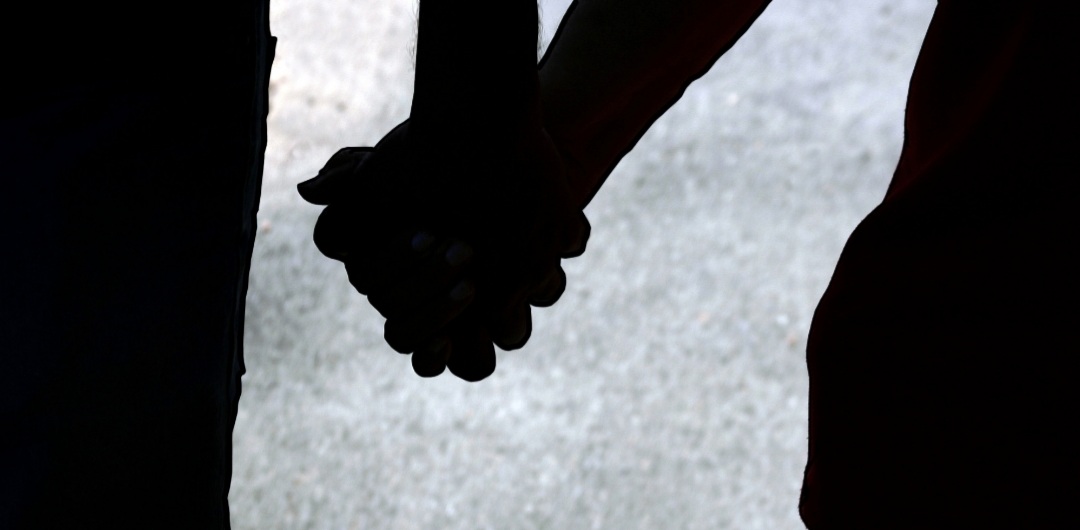5 Steps to Forgiveness from a Trauma-Focused Mental Health Counselor

In many situations, forgiveness is taught as a moral or religious act necessary to show the maturity of a person who has been wronged. Forgiveness often focuses on the person who did the wrong and less on the person who was wronged. But to be honest, forgiveness shouldn’t happen solely because a person earned it or deserved it.
Forgiveness happens when a person desires to be freed from the emotions associated with the person or event.
Crystal Currie
Society often pushes us to forgive as though it is a simple act. But for those who have gone through the process of forgiving, they can attest that this is far from simple. So how do we forgive someone, especially when forgiveness has been unearned? Here are five steps:
Identify the Behavior
Clearly identify the behavior that caused the unforgiveness. Often, there are several aspects of the behavior that require forgiveness. Until you identify each aspect, true forgiveness cannot be experienced. We must leave no stone unturned.
Label Your Emotions
Identify which emotions were experienced when the event or behavior occurred. Often, a closely associated emotion to incidents that create unforgiveness is anger. Keep in mind that anger is an emotion but also a protector of more vulnerable emotions such as disappointment, sadness and fear. Take the time to analyze all the emotions that have been experienced.
Identify the Origin of the Emotions
Take time to discover the reason that each listed emotion is Step No. 2 was experienced. For example, if you experienced disappointment, identify the reasons you were disappointed. Do this for every emotion identified during Step No. 2. As you work through this step, you will gain deeper insight into the true impact of their behavior.
Adjust Your Expectations
In order to forgive someone, you must release (remove) the expectations you have placed on that person. Sometimes our expectations are based on who we desire someone to be, not who they have shown themselves to be. Often, they show us who they are, and we never adjust our expectations. Let go of unrealistic hope and recognize the fundamental truth about this person. You must relinquish “what-ifs” and replace them with “what- is.” “What-is” details the fundamental truth about the person and your relationship with him or her.
Forgive
The final act of forgiveness is to forgive. It’s important to note that this step occurs as you complete steps one through four. Forgiveness occurs as you heal the emotional wounds that were created by their behavior or the event. As a result, forgiveness can take days or years. Either way, if you are intentional, each day allows you to become closer to the ultimate goal: Forgiveness.
As you work through these steps you will inevitably gain a deeper understanding of self.
Forgiveness does not mean a reestablishment of trust or the relationship. It simply means intentionally self-healing work has been done to minimize the impact of a person’s behavior or an event. Happy healing!
For a more in-depth look into forgiveness as well as activities that assist you in your healing journey, purchase Intentional Forgiveness at www.crystalcurrie.com
